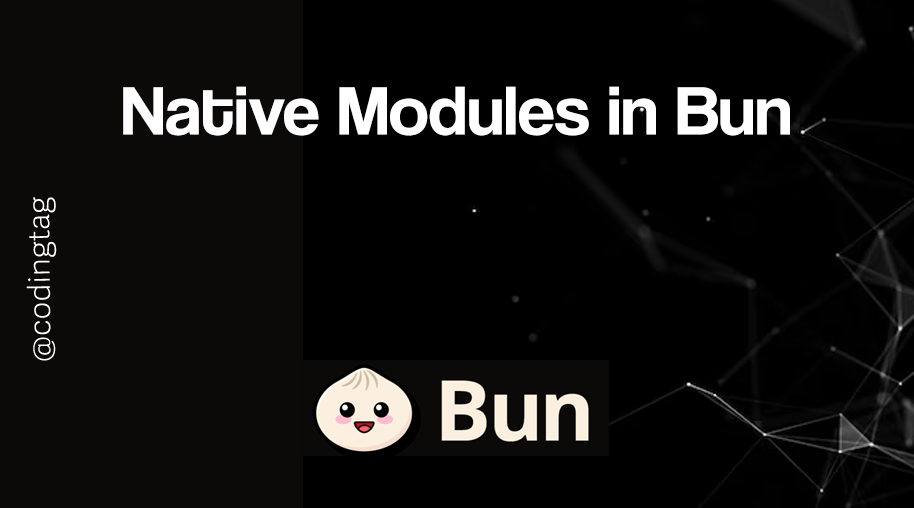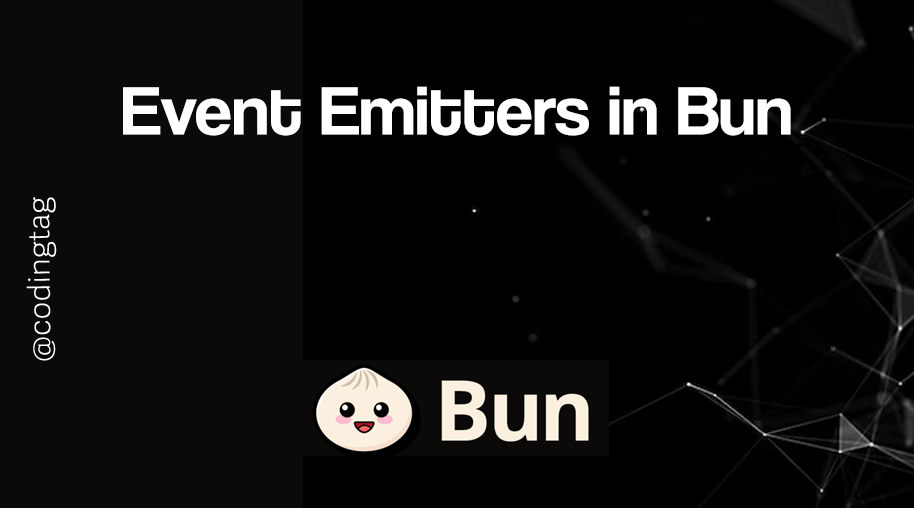GitHub Actions with Bun
0 1826
⚙️ Introduction to GitHub Actions with Bun
Bun has revolutionized the JavaScript runtime landscape with its blazing-fast performance and native tooling. When it comes to CI/CD, GitHub Actions makes automation seamless for every step of the development pipeline.
In this tutorial, we’ll explore how to integrate Bun with GitHub Actions to automate tasks like running tests, building projects, and deploying applications.
📦 Why Use Bun in CI/CD?
Bun is not just a runtime – it comes with a native test runner, bundler, and package manager. This all-in-one toolchain eliminates the need for multiple dependencies and drastically speeds up workflows.
When combined with GitHub Actions, it empowers developers to run fast and reliable pipelines directly from their repositories.
🚀 Setting Up a Basic Workflow
Let’s create a simple GitHub Actions workflow that installs Bun, installs dependencies, and runs tests.
Step 1: Create a file in your repo at .github/workflows/bun.yml
name: Bun CI
on:
push:
branches: [ main ]
pull_request:
branches: [ main ]
jobs:
test:
runs-on: ubuntu-latest
steps:
- name: 📥 Checkout code
uses: actions/checkout@v4
- name: 🛠️ Install Bun
uses: oven-sh/setup-bun@v1
- name: 📦 Install dependencies
run: bun install
- name: ✅ Run tests
run: bun test
That’s it! This simple config ensures that every push or PR to the main branch triggers a test run using Bun.
🧪 Running Custom Scripts with Bun
If your project includes custom scripts like build or linting commands, you can easily add them as additional steps.
- name: 🧹 Lint code
run: bun lint
- name: 🏗️ Build project
run: bun run build
Make sure your package.json includes those scripts:
{
"scripts": {
"lint": "eslint .",
"build": "bun build index.ts"
}
}
🛡️ Caching Dependencies
To optimize workflow speed, cache your Bun dependencies:
- name: 🔁 Cache Bun dependencies
uses: actions/cache@v4
with:
path: ~/.bun/install/cache
key: ${{ runner.os }}-bun-${{ hashFiles('bun.lockb') }}
restore-keys: |
${{ runner.os }}-bun-
This will restore previously cached dependencies and prevent redundant downloads.
📤 Deployment Automation
You can also hook deployment steps post-build.
For example, deploying to Vercel or uploading to an S3 bucket:
- name: 🚀 Deploy to Vercel
run: vercel --prod --token=${{ secrets.VERCEL_TOKEN }}
Just make sure to configure your secrets securely in the GitHub repository settings.
🔍 Debugging & Logs
If something goes wrong, GitHub Actions provides detailed logs per step.
For advanced debugging:
- name: Debug Env
run: env
You can also echo variables to check their values:
- name: Check Node version
run: node -v
🎯 Final Thoughts
Integrating Bun with GitHub Actions is straightforward, powerful, and ultra-fast. Whether you're building a side project or managing production pipelines, this combination boosts your automation game significantly.
Take full advantage of Bun’s native tooling and let GitHub Actions handle the rest.
Start small, automate often, and let Bun do the heavy lifting!
If you’re passionate about building a successful blogging website, check out this helpful guide at Coding Tag – How to Start a Successful Blog. It offers practical steps and expert tips to kickstart your blogging journey!
For dedicated UPSC exam preparation, we highly recommend visiting www.iasmania.com. It offers well-structured resources, current affairs, and subject-wise notes tailored specifically for aspirants. Start your journey today!

Share:







Comments
Waiting for your comments